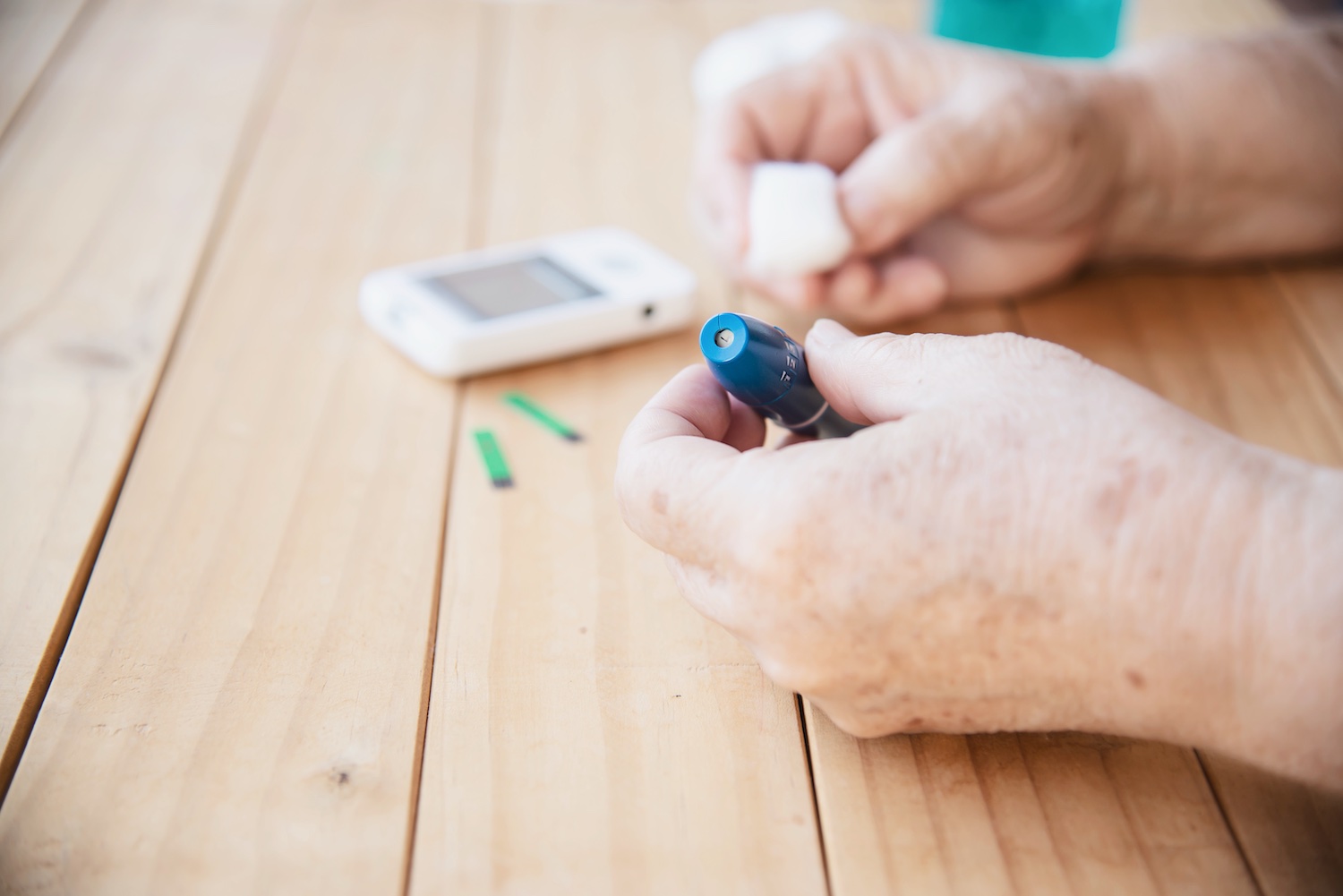 We Offer Free Prescription DeliveryIn the Niagara Region
We Offer Free Prescription DeliveryIn the Niagara Region


It was a dark and stormy night in Canada when, 100 years ago, a medical breakthrough was made that would change the lives of people with diabetes forever. On May 14, 1920, Dr. Frederick Banting and his research team at the University of Toronto announced the discovery of insulin.
In the century since its discovery, insulin has transformed the lives of people with diabetes and helped countless others manage their condition. Today, insulin is an essential part of diabetes care, and Canada is a world leader in its production and distribution.
As we mark this historic anniversary, let us reflect on how far we have come and look to the future as we continue to work towards a cure for diabetes.
The discovery of insulin
Banting and Best were able to extract insulin from the pancreas of a dog and use it to successfully treat a 14-year-old boy with diabetes. They soon began mass-producing insulin for human use.
Today, insulin is an essential medication for people with diabetes. It helps the body to process sugar properly, keeping blood sugar levels under control. Without insulin, people with diabetes would not be able to live long, healthy lives.
For more than a century, insulin has been made using the pancreases of pigs, cows and humans. But with the rise in diabetes cases, the demand for insulin has outstripped supply. The new insulin, made by the pharmaceutical company Novo Nordisk, is based on a human protein. It was developed using the gene editing technology CRISPR-Cas9. Proteins are large molecules that make up all living things. They are made up of smaller units called amino acids. The sequence of amino acids determines what a protein does in the body. If this sequence is incorrect, the protein will not function properly and could cause disease.
In a statement, Novo Nordisk said it hoped to begin selling the drug in 2020. The company said the drug had been tested in a study of 165 people with type 1 diabetes. They were given either doses of the new insulin or regular insulin, and they were monitored for one year. The company said that, after a year on the drug, people with type 1 diabetes had lower levels of hemoglobin A1c and less insulin resistance. And there were no side effects that pointed to problems with the new insulin, Dr. Robert D. Garlick, a senior vice president for research and development at Novo Nordisk, said in an interview.
“This is a very important milestone in the treatment of people with type 1 diabetes,” Dr. Garlick said. People have been waiting for something like this for a long time. The company will now test the drug in larger, longer studies. If those studies go well, it could be on the market by 2017!
Thanks to continuous research and discovery, let’s have a look at how diabetes management has evolved over the past decades.
Insulin in the 1920s and 1930s
In the 1920s and 1930s, insulin was first used to treat diabetes. It was a major breakthrough in the treatment of this disease. Insulin is a hormone that helps the body use glucose for energy. Without insulin, people with diabetes cannot live.
Banting and Best later sold the patent for insulin to the University of Toronto for $1 so that everyone could benefit from their discovery. In 1923, they received the Nobel Prize in Medicine for their discovery.
Insulin in the 1940s and 1950s
In the early 1940s, scientists began mass-producing insulin for the first time. This made it possible for people with diabetes to receive regular insulin injections and improve their quality of life.
In the 1950s, researchers began to develop different types of insulin that could be used to treat different types of diabetes. These advances in insulin therapy have helped millions of people manage their diabetes and live long, healthy lives.
Insulin in the 1960s and 1970s
It was not until the 1960s and 1970s that insulin became widely available and affordable for people with diabetes.
In the early days of insulin therapy, only a few pharmaceutical companies manufactured insulin and it was very expensive. In the 1960s, several new companies began producing insulin, which resulted in a significant decrease in the price of this life-saving medication.
During this time period, there were also major advances in the technology used to manufacture insulin. These new methods allowed for the production of high-quality insulin that was more predictable in its action. As a result, people with diabetes were able to better control their blood sugar levels and reduce their risk of complications.
Insulin in the 1980s and 1990s
The 1980s saw the introduction of long-acting insulins, which provided more stable blood sugar control for people with diabetes. In the 1990s, rapid-acting insulins were developed, which allowed people to better match their insulin doses to their meals. Today, there are a variety of different insulins available, each with its own advantages and disadvantages.
With 100 years of progress in insulin therapy, people with diabetes now have more options than ever before to manage their condition. However, there is still much room for improvement and new discoveries in the field of diabetes care.
Today: insulin access and affordability
In Canada, the cost of insulin has more than tripled in the last decade. A vial of insulin that cost $30 in 2008 now costs $100. This price increase has made it difficult for people with diabetes to afford their medication.
There are some programs in place to help people with diabetes pay for their insulin, but these are not always effective. For example, the Ontario government’s Drug Benefit Program covers the cost of insulin for people with certain health conditions, but only covers one brand of insulin. This leaves people with other types of diabetes at a disadvantage. In response to this issue, the Canadian Diabetes Association s National Insulin Initiative is calling for a national strategy to address the problem.
The CDA believes that all people with diabetes should have access to affordable insulin, regardless of their income.
The National Insulin Initiative is calling on the Government of Canada to:
Develop a national strategy to ensure that all people with diabetes have access to affordable insulin.
Support pharmacists in providing diabetes education and training opportunities to other health care providers, such as physicians, nurses and nurse practitioners.
Conclusion
In 1922, Frederick Banting and Charles Best discovered insulin and changed the course of diabetes treatment forever. 100 years later, insulin remains an essential part of diabetes care. While there have been many advances in diabetes treatment over the past 100 years, insulin remains an essential part of care for people with diabetes. Insulin is a hormone that helps the body use glucose for energy. People with diabetes either do not produce enough insulin or their bodies cannot properly use the insulin they do produce.
Without insulin, people with diabetes would not be able to survive. Thanks to advances in medical science, people with diabetes now have access to a variety of different types of insulin, which can be tailored to each individual’s needs.
While there is still no cure for diabetes, treatments like insulin help people with diabetes live long and healthy lives.
Schedule free consultation with one of Pharmaviva Certified pharmacists by calling 905-680-7077
 We Offer Free Prescription DeliveryIn the Niagara Region
We Offer Free Prescription DeliveryIn the Niagara Region

